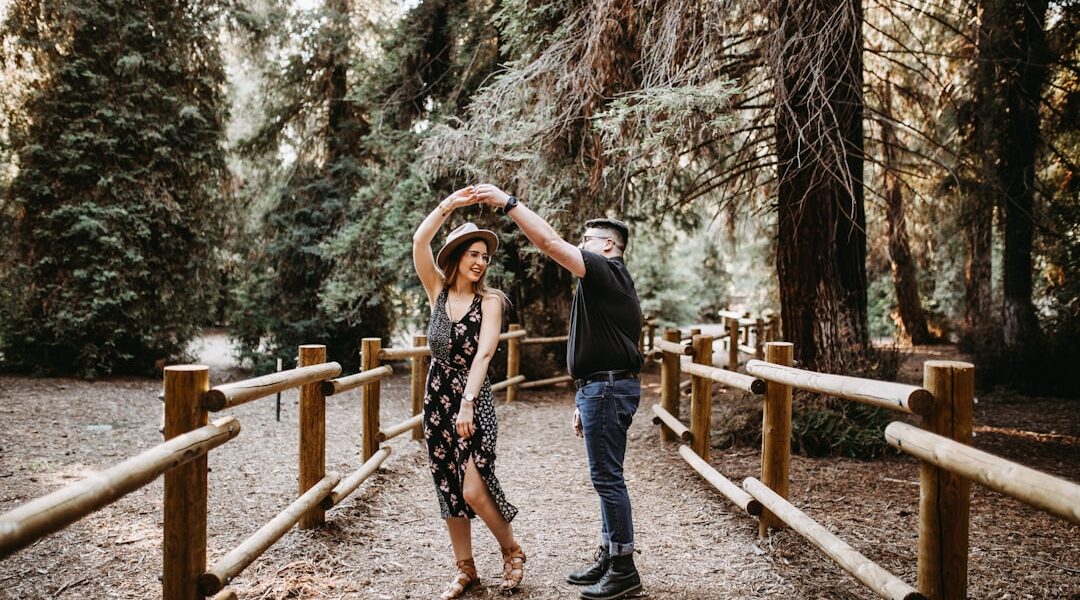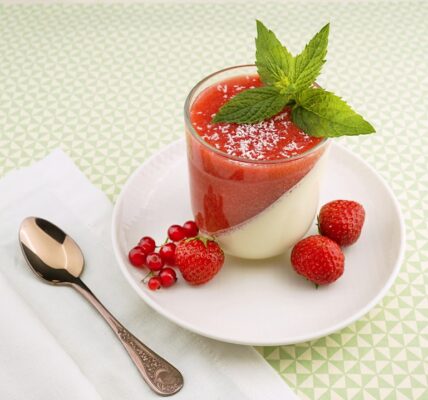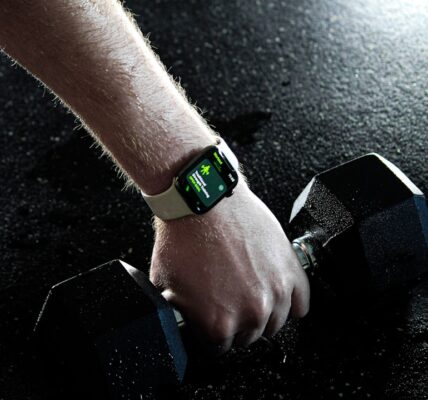Hippie fashion emerged in the 1960s as a countercultural movement that rejected mainstream societal norms and values. Influenced by anti-war sentiments, environmentalism, and a desire for peace and love, this style emphasized comfort, individuality, and a connection to nature. Characteristic elements included tie-dye shirts, bell-bottom pants, maxi dresses, and the use of natural materials like cotton and hemp.
The movement gained global momentum throughout the 1960s, with the 1967 Summer of Love in San Francisco’s Haight-Ashbury district serving as a pivotal moment. Hippie fashion became known for its vibrant colors, psychedelic patterns, and eclectic mix of cultural influences. Over the decades, hippie fashion has evolved while maintaining its core values of peace, love, and individuality.
Contemporary interpretations often incorporate elements of sustainability and ethical production, reflecting growing concerns about environmental impact and labor practices in the fashion industry. The enduring influence of hippie fashion is evident in modern bohemian and festival fashion trends. Its legacy continues to inspire designers and fashion enthusiasts, demonstrating its lasting impact on style and self-expression.
Key Takeaways
- Hippie fashion originated in the 1960s and has evolved to become a timeless style statement today.
- Embrace bohemian style by incorporating fringe, tie-dye, and bell bottoms into your wardrobe for a free-spirited look.
- Groovy accessories such as headbands, round sunglasses, and peace sign jewelry are essential for completing the hippie fashion look.
- Sustainable and ethical fashion practices are making a comeback in hippie fashion, promoting eco-friendly and socially responsible choices.
- Celebrities and influencers are embracing hippie fashion, bringing it into the mainstream and inspiring others to do the same.
Embracing Bohemian Style: Incorporating Fringe, Tie-Dye, and Bell Bottoms
The Power of Fringe
One of the key elements of bohemian style is the use of fringe, which adds a playful and whimsical touch to clothing and accessories. Fringe can be found on jackets, bags, and even boots, creating movement and a sense of freedom in the wearer’s ensemble.
Vibrant Patterns and Fabrics
Additionally, tie-dye has become a quintessential pattern associated with bohemian fashion. The vibrant and psychedelic swirls of color evoke a sense of creativity and individuality, making tie-dye a popular choice for festival attire and casual wear. Another iconic feature of bohemian style is the inclusion of bell-bottom pants. These flared trousers have a distinct retro appeal and are often made from soft, flowy fabrics that enhance their bohemian aesthetic.
Expressing Individuality
Incorporating these elements into your wardrobe allows for endless opportunities to express your individuality and creativity through clothing. Whether it’s through a fringed suede jacket, a tie-dye maxi dress, or a pair of flared jeans, embracing bohemian style invites you to explore a world of unique and unconventional fashion choices. By incorporating fringe, tie-dye, and bell-bottoms into your outfits, you can infuse your personal style with a sense of freedom and self-expression that is characteristic of hippie fashion.
Groovy Accessories: Headbands, Round Sunglasses, and Peace Sign Jewelry

Hippie fashion is not just about clothing; it also encompasses a wide range of accessories that play a crucial role in completing the look. Headbands are a staple accessory in hippie fashion, often adorned with vibrant colors, floral patterns, or intricate beading. Worn across the forehead or as a hair tie, headbands add a bohemian touch to any outfit and are a versatile accessory for both casual and festival wear.
Additionally, round sunglasses have become synonymous with hippie fashion, evoking a sense of nostalgia for the 1960s. The circular frames exude a retro charm and are often adorned with colorful lenses or intricate metalwork, making them a statement accessory for those looking to channel their inner flower child. Peace sign jewelry is another iconic accessory that holds deep symbolic meaning within hippie culture.
The peace sign, originally designed as a symbol for nuclear disarmament, became synonymous with the anti-war movement and was adopted as a powerful emblem of peace and love by the hippie community. Today, peace sign necklaces, earrings, and bracelets serve as a reminder of the movement’s enduring message of harmony and unity. These groovy accessories not only add flair to an outfit but also serve as powerful symbols of the values that define hippie fashion.
Incorporating headbands, round sunglasses, and peace sign jewelry into your wardrobe allows you to infuse your style with elements of nostalgia and countercultural significance. These accessories serve as visual reminders of the free-spirited and peace-loving ethos that defines hippie fashion. Whether you’re attending a music festival or simply looking to add a touch of bohemian flair to your everyday look, these groovy accessories are essential for capturing the essence of hippie style.
Sustainable and Ethical Fashion: How Hippie Fashion is Making a Comeback
| Category | Metrics |
|---|---|
| Consumer Demand | Increase in sales of sustainable and ethical fashion brands |
| Production Practices | Adoption of eco-friendly materials and fair labor practices |
| Social Media Engagement | Rise in social media mentions and influencer endorsements |
| Retailer Participation | Expansion of sustainable fashion offerings in major retailers |
| Public Awareness | Increased media coverage and public awareness campaigns |
In recent years, there has been a growing emphasis on sustainability and ethical production within the fashion industry. As consumers become more conscious of the environmental and social impact of their clothing choices, there has been a resurgence of interest in hippie fashion as a symbol of ethical and sustainable style. The use of natural materials such as organic cotton, hemp, and bamboo aligns with the eco-friendly ethos of hippie fashion, offering an alternative to conventional fabrics that have a detrimental impact on the environment.
Furthermore, the emphasis on handmade and artisanal craftsmanship within hippie fashion reflects a commitment to supporting traditional techniques and fair labor practices. By embracing clothing and accessories that are ethically produced, consumers can align their fashion choices with their values while also contributing to the preservation of traditional craftsmanship. The resurgence of hippie fashion as a vehicle for sustainable and ethical style highlights its enduring relevance in an industry that is increasingly focused on social and environmental responsibility.
As the demand for sustainable and ethical fashion continues to grow, hippie fashion serves as an inspiration for designers and consumers alike who are seeking alternatives to fast fashion. By embracing the principles of peace, love, and harmony that define hippie culture, individuals can make a statement through their clothing choices while also contributing to positive change within the fashion industry. The resurgence of hippie fashion as a symbol of sustainable and ethical style reflects a broader shift towards conscious consumerism and a desire for clothing that reflects our values.
Celebrities and Influencers Embracing Hippie Fashion
Hippie fashion has long been associated with countercultural movements and expressions of individuality, making it an appealing choice for celebrities and influencers who seek to make a statement through their style. From music festivals to red carpet events, celebrities have embraced hippie fashion as a means of expressing their free-spirited and bohemian sensibilities. Influential figures such as Vanessa Hudgens, Zoe Kravitz, and Harry Styles have been known for their eclectic and unconventional approach to fashion, often incorporating elements of hippie style into their wardrobes.
At music festivals such as Coachella and Glastonbury, celebrities are often seen sporting tie-dye shirts, fringe jackets, and flowing maxi dresses that capture the essence of hippie fashion. These high-profile appearances have helped to popularize bohemian style among fans and followers who seek to emulate the carefree and expressive looks showcased by their favorite celebrities. Additionally, social media influencers have played a significant role in promoting hippie fashion through their curated content, showcasing how to incorporate fringe, tie-dye, and other elements into everyday outfits.
The influence of celebrities and influencers has contributed to the mainstream appeal of hippie fashion, inspiring individuals to embrace its free-spirited ethos in their own personal style. By showcasing how to incorporate elements of bohemian fashion into both casual and formal looks, celebrities and influencers have helped to elevate hippie fashion as a symbol of self-expression and individuality in today’s popular culture.
Tips for Incorporating Hippie Fashion into Your Wardrobe

Embracing Bold Patterns and Textures
Experiment with bold patterns such as tie-dye or floral prints to add a playful and eclectic touch to your look. Incorporating vibrant patterns into your wardrobe is an essential aspect of embracing hippie fashion. Additionally, don’t be afraid to mix textures such as suede, crochet, or fringe to create visual interest and depth in your outfits.
Prioritizing Comfort and Freedom of Movement
Embrace flowy silhouettes that prioritize comfort and ease of movement. Loose-fitting garments such as maxi skirts, wide-leg pants, or billowy blouses capture the relaxed nature of hippie fashion while allowing for freedom of expression. Layering is also key in achieving a bohemian look; consider adding vests, kimono jackets, or shawls to create dimension and visual intrigue in your outfits.
Adding the Finishing Touches with Accessories
Pay attention to accessories such as headbands, round sunglasses, and peace sign jewelry to complete your hippie-inspired ensembles. These groovy accessories serve as visual reminders of the values that define hippie culture while adding an extra dose of personality to your look. By incorporating these tips into your wardrobe choices, you can infuse your personal style with elements of freedom, creativity, and self-expression that are characteristic of hippie fashion.
The Future of Hippie Fashion: Trends to Look Out For
As hippie fashion continues to evolve in response to changing cultural landscapes and consumer preferences, several trends are emerging that offer insight into its future direction. One notable trend is the fusion of vintage-inspired elements with modern design aesthetics. Designers are reimagining classic hippie staples such as fringe jackets, tie-dye prints, and bell-bottom pants in contemporary silhouettes that appeal to a new generation of fashion enthusiasts.
Another trend shaping the future of hippie fashion is the emphasis on sustainable materials and ethical production practices. As consumers become more conscious of the environmental impact of their clothing choices, there is a growing demand for eco-friendly alternatives within the fashion industry. Designers are responding by incorporating organic fabrics, recycled materials, and artisanal craftsmanship into their collections as a means of aligning with the values that define hippie culture.
Furthermore, inclusivity and diversity are becoming central themes within the future of hippie fashion. As the movement continues to resonate with individuals seeking self-expression and empowerment through clothing, there is an increasing focus on representing diverse perspectives within bohemian style. This includes celebrating body positivity, gender fluidity, and cultural diversity through inclusive design choices that cater to a wide range of identities.
The future of hippie fashion holds promise for continued innovation while staying true to its core values of peace, love, and individuality. By embracing vintage-inspired elements in modern designs while prioritizing sustainability and inclusivity within the industry, hippie fashion is poised to remain an influential force in shaping the future of style and self-expression.
If you’re interested in learning more about hippie fashion, you should check out this article on divinelyhers.com. This website offers a comprehensive guide to the history and evolution of hippie fashion, as well as tips on how to incorporate elements of this iconic style into your wardrobe today. Whether you’re looking for inspiration for a music festival outfit or simply want to embrace the free-spirited, bohemian aesthetic of the 1960s and 70s, this article has got you covered.
FAQs
What is hippie fashion?
Hippie fashion refers to the clothing and style trends associated with the counterculture movement of the 1960s and 1970s. It is characterized by a relaxed and bohemian aesthetic, often incorporating elements such as tie-dye, fringe, bell-bottoms, and natural materials.
What are some key elements of hippie fashion?
Key elements of hippie fashion include tie-dye clothing, peasant blouses, bell-bottom pants, maxi dresses, fringe details, headbands, and sandals. Natural materials such as cotton, hemp, and suede are also commonly used in hippie fashion.
What influenced hippie fashion?
Hippie fashion was influenced by a variety of sources, including the anti-establishment and anti-war sentiments of the counterculture movement, as well as a desire for freedom, self-expression, and a connection to nature. Additionally, global influences from cultures such as Native American, Indian, and African also played a role in shaping hippie fashion.
Is hippie fashion still relevant today?
Yes, elements of hippie fashion continue to be relevant in contemporary fashion. Many of the bohemian and free-spirited styles associated with hippie fashion have been reinterpreted and incorporated into modern clothing and accessory designs. The influence of hippie fashion can be seen in festival wear, boho-chic trends, and the ongoing popularity of vintage and retro fashion.
How can I incorporate hippie fashion into my wardrobe?
To incorporate hippie fashion into your wardrobe, consider adding pieces such as flowy maxi dresses, embroidered tops, flared jeans, fringe accessories, and natural fiber clothing. Look for earthy tones, bold patterns, and handmade or artisanal details to capture the essence of hippie fashion. Additionally, incorporating vintage or thrifted items can be a sustainable way to embrace hippie fashion.




